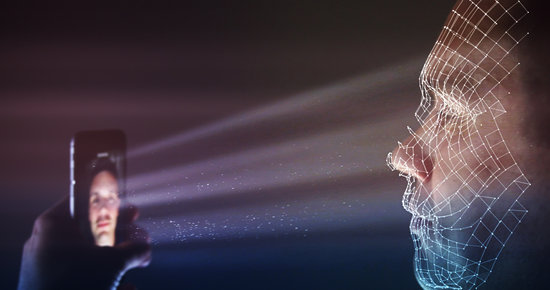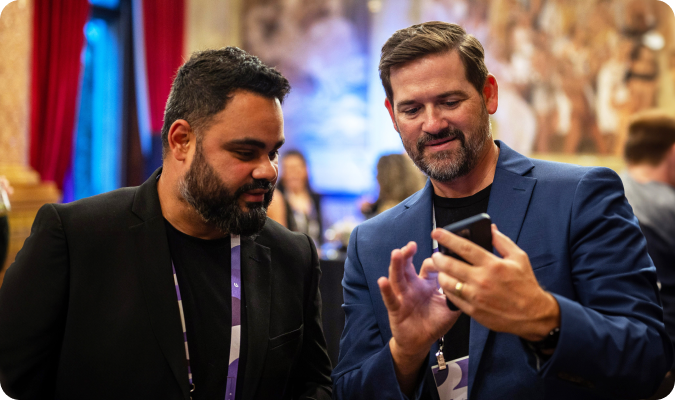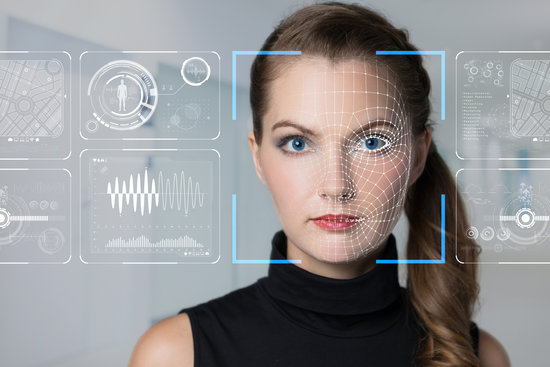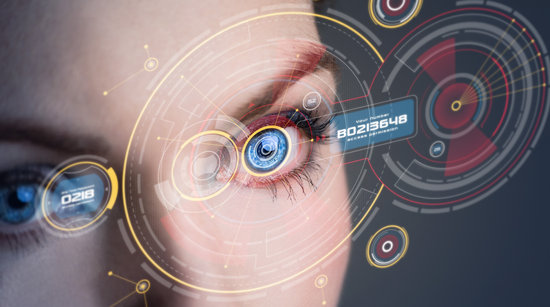
There was a time when facial recognition technology was chiefly the domain of science fiction. Today, it not only exists but is available to the general public. And this technology’s applications go far beyond unlocking smartphones or laptops – especially for event management. Used correctly, facial recognition has the potential to completely change how we run our events.
If there’s one aspect of the event experience that everyone would be happy to do away with, it’d be waiting in line. Standing about doing less than nothing while event staff trundle through the process of checking IDs, handing out passes, and doing security checks. While some clever businesses and brands have taken creative steps to make the wait more tolerable, it’s still safe to say that most people wouldn’t be particularly upset to see entrance queues become a thing of the past.
Moving forward, they just might.
Over the past decade or two, facial recognition technology has evolved in leaps and bounds. Originally, it was more or less the sole domain of academia, government, and law enforcement. Today, its applications are a thousandfold.
Social networks like Facebook use facial recognition for both greater convenience and better privacy. Businesses like Coca-Cola have, at several points, incorporated facial recognition into their ad campaigns. And an increasing number of smartphones include the tech as an option for unlocking the device.
These use cases are all fascinating in their own way. Yet they all still pale in comparison to facial recognition’s potential to shake up the events industry. I fully expect that it will be every bit as disruptive as smartphones, as much a game-changer as the Internet.
The Check-In Process Will Be Faster Than Ever
For a single person, the event check-in process doesn’t actually take that long – 45 seconds to a minute at the absolute most. However, when you’ve events with numbers in the thousands, the numbers add up rather fast. Facial recognition represents a means by which the check-in process can be quickened.
Imagine, if you would, an event where attendees could skip the lion’s share of the check-in process. A quick scan of their facial features, maybe a quick pat-down by security personnel, and they’re in. No mucking about with their IDs, no fishing for a ticket in their bags – attendees could be scanned while they wait in line, handed their badge when they get to the door, and get onto the show floor in a fraction of the time.
Further down the line, as the technology continues to evolve, there’s even the potential to do away with ID badges altogether.
Check-ins are just the beginning, though – there’s a lot more to facial recognition than better ticketing.
Events Will Be Safer Than Ever
Facial recognition will also make it simpler than ever to keep an event secure. Anyone who doesn’t belong – whether they’re trying to get a free ride or looking to cause trouble – could be immediately identified by cameras either at the entrance or positioned throughout the event. As an added bonus, if an individual happens to be on a watch list of some kind, the system could be programmed to alert both security and the police.
Speaking of watch lists, you’ll also be able to create a database of people you want to keep away from your event, and even share that blacklist with your industry peers. Many conventions, for example, have a serious issue with sexual harassment. Using facial recognition, offenders could be easily identified and barred entry.
It is important to note that facial recognition won’t eliminate the need for security checks altogether. A criminal or terrorist can purchase a ticket to an event as easy as anyone else, after all. This simply adds another layer of safety and security for your guests – another way to demonstrate that you’ve their best interests at heart, and want to put their minds at ease.
Organizers Will Have Access To Better Insights
Layout is one of the most enduring challenges in event management. Aside from putting boots on the ground, how do you identify potential traffic bottlenecks? How do you determine what keynotes, vendor booths, and setups are hits or duds?
While it’s still very much in its early stages, organizations like Disney are using facial recognition for something pretty unique – detecting emotion. In Disney’s case, by scanning the face of a person viewing one of their films for no more than ten minutes, it’s able to determine whether or not that person will enjoy themselves. Moreover, it can research whether the emotional beats of a movie are getting the desired reactions.
I’m certain you can already see how this can be applied to your events. Post-keynote surveys will be a thing of the past. Instead of having to ask attendees whether or not they found a presentation engaging, you’ll be able to simply pull up an overview of their attitude throughout.
You’d also be able to quickly and easily generate heatmaps showing you the areas of your event that offered the highest level of engagement, and those that didn’t seem to resonate. These insights can be used to both optimize spending and improve the layout at future events. As an added benefit, they could also be shared with vendors to help them improve their own conversion process, analyzing everything from sentiment to demographic details.
Lead capture and retrieval will also be easier than ever. Instead of having to fill out their information whenever they want to share it with a vendor or representative, attendees can simply give their consent to have that data collected and scan their face.
Attendees Will Enjoy Greater Convenience And Personalization
Picture the following scenario.
A VIP arrives at an event, and decides she wants to grab a coffee before hosting her keynote. When she arrives at the event’s on-site cafe, the barista already has her preferred order ready.
She scans her face to have the cost automatically taken from her account, then proceeds backstage – no one needs to check her ID, since she’s already been whitelisted to have full access.
That’s just one example of how facial recognition can (and eventually will) streamline your events, creating a more enjoyable, more personalized experience for both attendees and special guests.
Information desks could be equipped with personalized information based on an attendee’s profile. This would allow staff to provide details on the keynotes and booths that align with each person’s interests upfront, without having to ask about their needs.
Facial recognition could also make networking – the whole reason many people attend trade shows – easier than ever. As with lead generation, two guests who want to exchange details could simply take a photo of one another. The tech would handle the rest.
Finally, for events and venues that allow children, this technology could make lost kids more or less a thing of the past. If a child wanders off, cameras could locate them more or less immediately.
It’s Not All Smooth Sailing Ahead, But The Future’s Bright
Given all the clear applications of this tech, why isn’t every event professional utilizing it?
Simply put, there are still a lot of roadblocks and reliability issues facing facial technology standing in the way. Data privacy, for example, is a huge concern – a lot of people still aren’t particularly keen on having their faces on some database, and gathering facial data without consent is a regulatory nightmare where laws like the GDPR are concerned. Not only that, the technology necessary to support facial recognition, particularly for advanced use cases, is prohibitively expensive.
These challenges are hardly insurmountable. I don’t doubt that as we move forward and facial recognition continues to evolve, we’ll find a way to move past each one. And when we finally do, the events industry will change in ways we never dreamed possible.
Author: Brad Wayland
EventsAir has been at the forefront of Event Technology and Innovation for over 30 years, continually pushing the boundaries of what an event management platform can do. Built by event planners for event planners, EventsAir is a secure, scalable, cloud-based solution that can manage everything from in-person, virtual to hybrid conferences, meetings and events in a single online platform – anywhere, anytime and on any device. In use in over 50 countries by multi-national corporations, professional conference organizers, government departments and tertiary education institutions, EventsAir is also used in global congresses such as G20, APEC, CHOGM and ASEAN, as well as sporting events like The Olympic Games, World Rugby, Commonwealth Games and Pan Am Games. EventsAir is trusted by event professionals around the globe. For further information, visit www.eventsair.com
Attendee Experience | Event Data & Analytics | Event Data Security & Compliance | Uncategorized
See EventsAir in action
Discover why 12,000+ event professionals trust EventsAir to deliver effortless events, every time.






